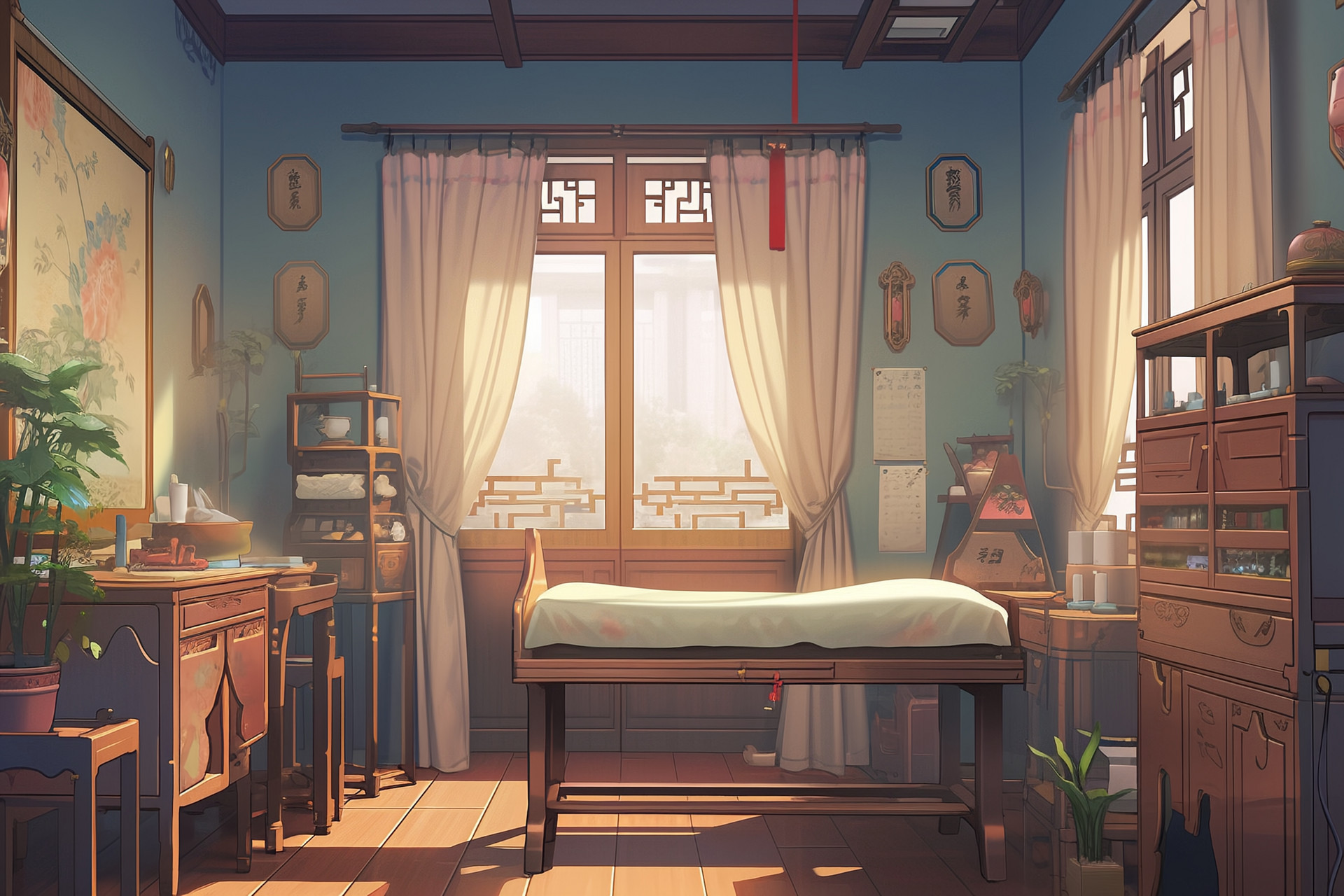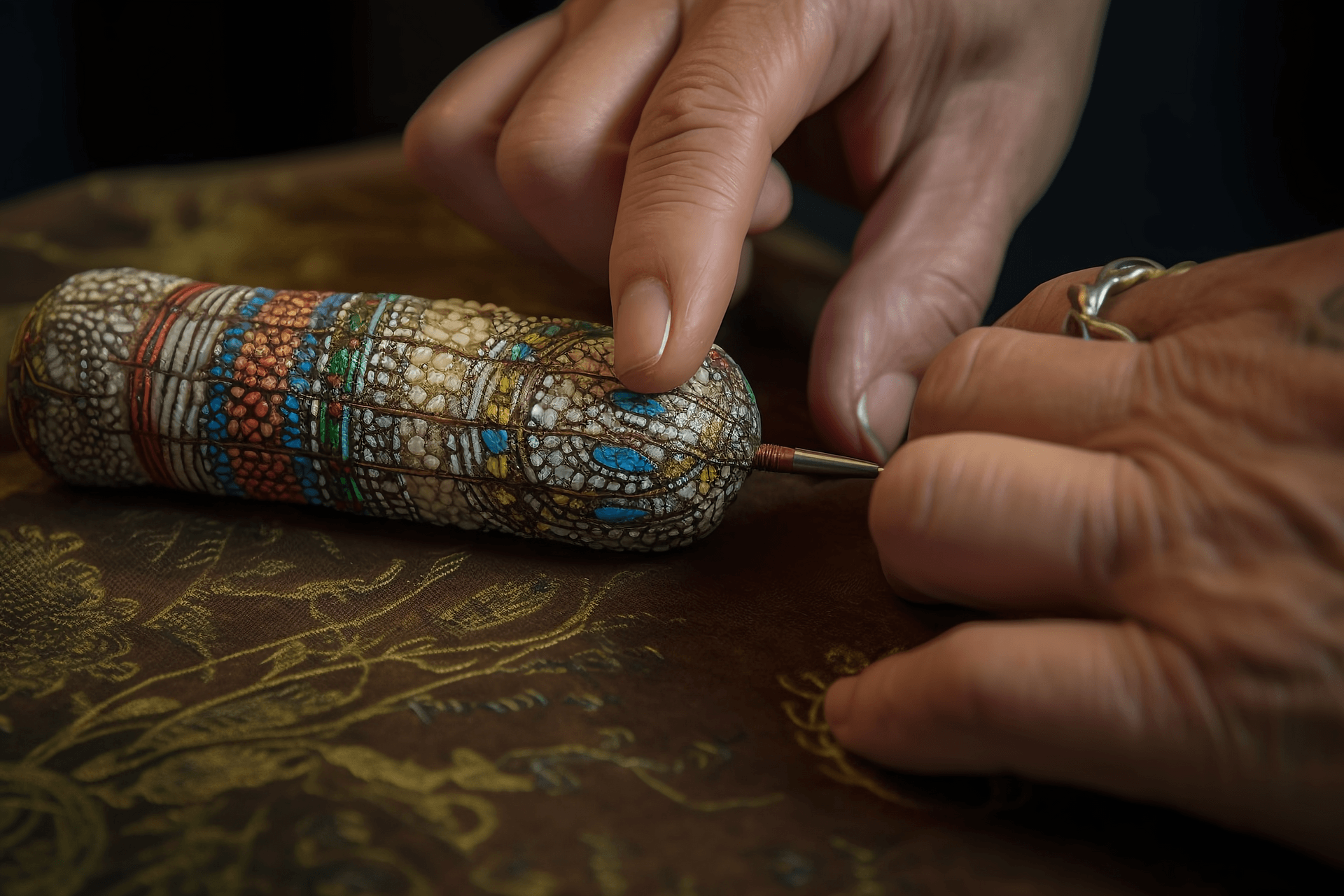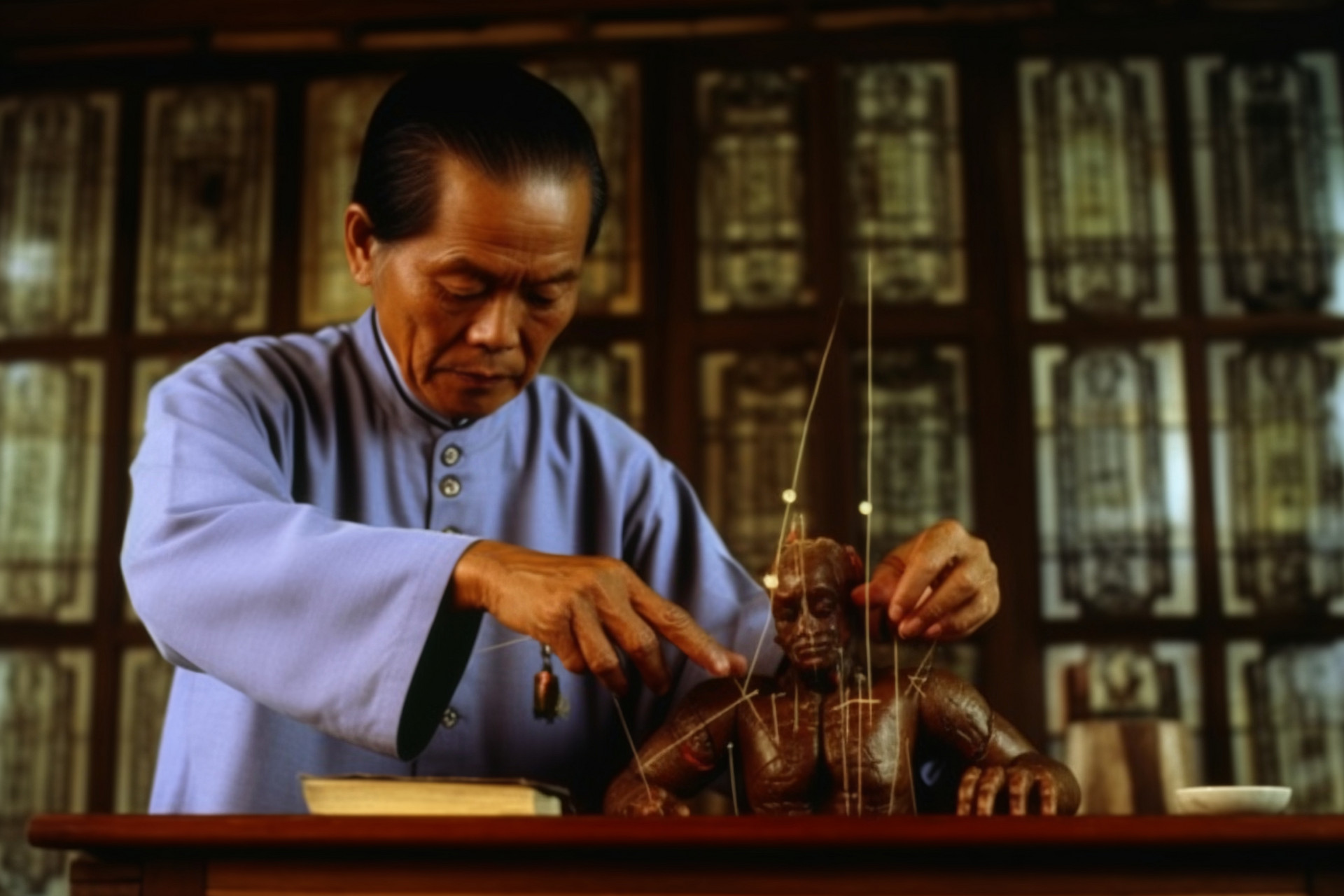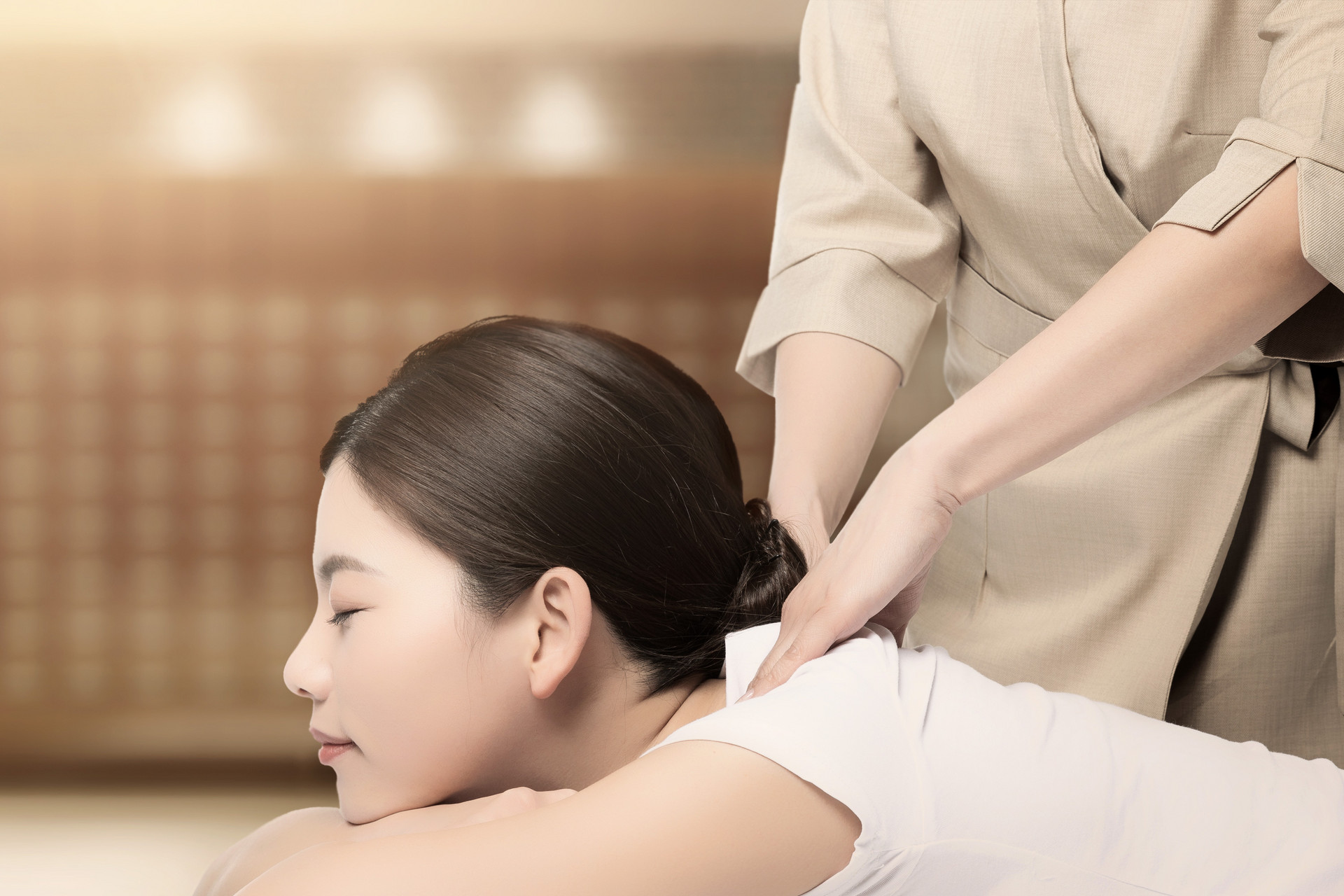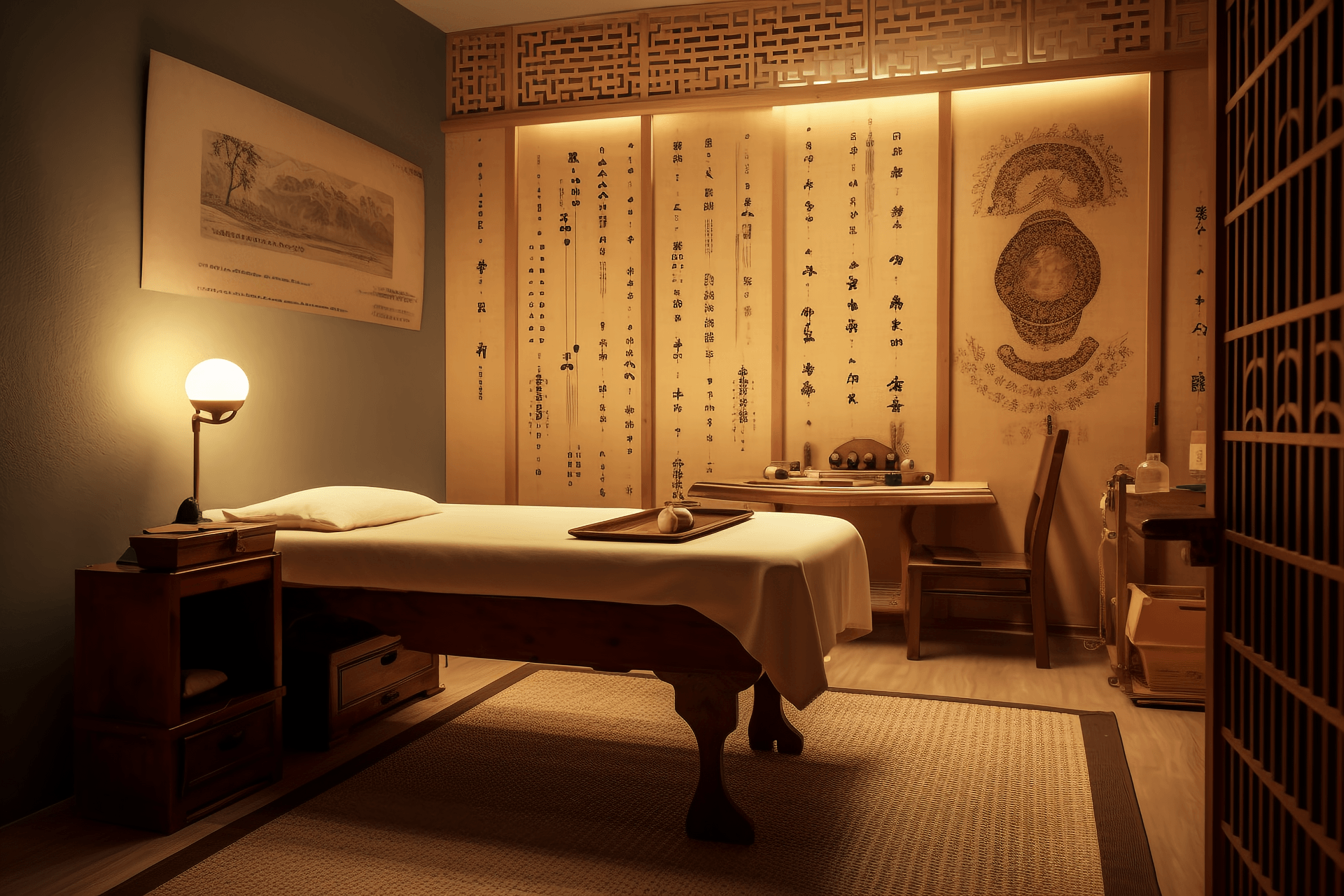Mr. Zheng Yulin (1896-1967) was one of the outstanding acupuncturists in modern China. He adhered to his family's teachings and was courageous in innovation. He successfully integrated Qigong with traditional Chinese acupuncture techniques, forming a unique style of acupuncture known as Zheng's Acupuncture. It has remarkable therapeutic effects in treating severe eye diseases and other conditions.
Mr. Zheng Yulin was born in Beilou Village, Anguo County, Hebei Province. He studied acupuncture and herbal medicine under his great-uncle Zheng Yunxiang from a young age. Later, he became a student of his uncle Cao Shunde and also learned from Huo Laoshun, a renowned expert in acupuncture and Qigong in Nanbaisha Village, Boye County. In 1953, Mr. Zheng Yulin and his eldest son Zheng Kuishan opened a traditional Chinese medicine clinic in Beijing. In March 1954, he was invited by the North China Institute of Traditional Chinese Medicine to work as an acupuncture physician. From October of the same year until his death, he served as the director of the Third Research Department of the Acupuncture Research Institute of the former China Academy of Traditional Chinese Medicine.
Mr. Zheng Yulin emphasized the use of hot and cold tonification and purgation techniques. Based on the experiences of his predecessors, he developed eight methods of needling for clinical use. He favored using the left hand during needling and believed that the key to improving the efficacy of acupuncture lies in obtaining and directing the Qi to the affected area. He advocated combining acupuncture with Qigong, and emphasized the importance of selecting precise acupuncture points based on the presenting symptoms. His treatments for difficult and complex conditions such as hemiplegia, epigastric pain, asthma, irregular menstruation, and pediatric accumulations showed satisfactory results, particularly in the treatment of eye diseases.
Emphasis on hot and cold tonification and purgation techniques
Mr. Zheng Yulin understood the essence of the phrase "When needling the excess, retain the needle until Yin Qi is abundant, then remove the needle; when needling the deficiency, retain the needle until Yang Qi is abundant, then remove the needle" from the chapter "Explanations of Needles" in the Yellow Emperor's Inner Canon. He believed that the key to acupuncture treatment is to distinguish between deficiency and excess, and to administer tonification or purgation accordingly, avoiding the pitfall of "treating deficiency as deficiency and excess as excess." Through practice, Mr. Zheng Yulin simplified the hot and cold tonification and purgation techniques.
1. Hot tonification technique
With the left index finger firmly pressing the acupuncture point, the right hand holds the needle and quickly punctures or twists it into the point. Initially, the needle is inserted shallowly and then deeply. Slowly lift and press it tightly to ensure the arrival of Qi. Based on the sensation of soreness and distension, the needle is further inserted 1-2 fen (approx. 0.3-0.6 cm). Then, the thumb is used to twist the needle shaft forward 3-5 or 9 times, producing a sensation of heat and distension. If there is no sensation, the procedure is repeated 2-3 times until most patients feel the heat and distension. After removing the needle, the acupoint is rubbed and pressed. If the patient feels dull during the needling process, they are asked to inhale through the nose and exhale through the mouth 5-6 times. Additionally, the vibrating and pricking technique can be used by scraping the needle handle downward with the thumb for 1 minute to achieve the desired warming effect. This technique is suitable for deficiency and cold patterns in the viscera, meridians, and collaterals.
2. Cold purgation technique
With the left index finger firmly pressing the acupuncture point, the right hand holds the needle and quickly punctures or twists it into the point. Initially, the needle is inserted deeply and then shallowly. Lift and press it tightly to ensure the arrival of Qi. Based on the sensation of numbness and distension, the needle is lifted upward 1-2 fen (approx. 0.3-0.6 cm). Then, the thumb is used to twist the needle shaft backward 2-3 or 6 times, producing a sensation of coolness and numbness. If there is no sensation, the procedure is repeated 2-3 times until most patients feel the coolness and numbness. After removing the needle, the acupoint is not rubbed or pressed. If the patient feels dull, they are asked to inhale through the mouth and exhale through the nose 5-6 times. The vibrating and scraping technique can also be used by scraping the needle handle upward with the thumb for 1 minute. This technique is suitable for excess and heat patterns in the viscera, meridians, and collaterals.
Application of the Eight Needle Techniques
Based on the animal-themed tonification and purgation techniques described in "The Great Compendium of Acupuncture and Moxibustion," such as "the red phoenix greets the source," "the green dragon swings its tail," "the gray tortoise explores the acupoint," "the white tiger shakes its head," and "the dragon and tiger battle," Mr. Zheng Yulin continuously pondered and practiced to develop eight clinical needling techniques. They are the "two dragons playing with a pearl," "the magpie alighting on a plum tree," "the old donkey grinding a millstone," "the golden hook fishing," "the white snake spitting venom," "the giant python turning over," "the golden rooster pecking rice," and "the rat claw technique."
1. Two Dragons Playing with a Pearl
This technique involves manipulating the needle in a way that resembles the movement of two dragons playing with a pearl, as seen in dragon lantern performances. The method involves needling so that the sensation radiates in two lines surrounding the eyeball. For example, when needling the temple, the left index finger firmly presses the acupuncture point, and the right hand holds the needle and quickly punctures or twists it into the point. Once the needle reaches a certain depth and Qi is obtained, the needle tip is lifted or twisted towards the upper eyelid to transmit the sensation of heat or coolness to the upper eyelid, and then towards the lower eyelid to transmit the sensation to the lower eyelid, surrounding the eyeball. This technique is used to treat various eye diseases by needling the temples. The hot tonification method is used for deficiency patterns, and the cold purgation method is used for excess patterns.
2. Magpie Alighting on a Plum Tree
This technique involves manipulating the needle in a way that resembles a magpie dancing and singing on a plum tree branch, with its head and tail moving up and down. For example, when needling the Hegu point, the right index finger firmly presses the point, and the right hand holds the needle and quickly punctures or twists it into the point. Once Qi is obtained, the right thumb holds the needle handle, and the middle finger is used to push and cushion the needle body, causing the needle handle, body, and tip to swing up and down. The tonification technique involves swinging the needle 9 times, and the purgation technique involves swinging it 6 times. This mimics the dance of a magpie alighting on a plum tree, continuously transmitting the sensations of heat or coolness into the eyes. This technique is used to treat eye diseases such as needling the Hegu, Yuyao, and Sizhu points for eye diseases, as well as the Xiaxi and Neiguan points for tinnitus and deafness. The hot tonification method is used for deficiency patterns, and the cold purgation method is used for excess patterns.
3. Old Donkey Grinding a Millstone
This technique involves manipulating the needle in a way that resembles an old donkey grinding a millstone.




